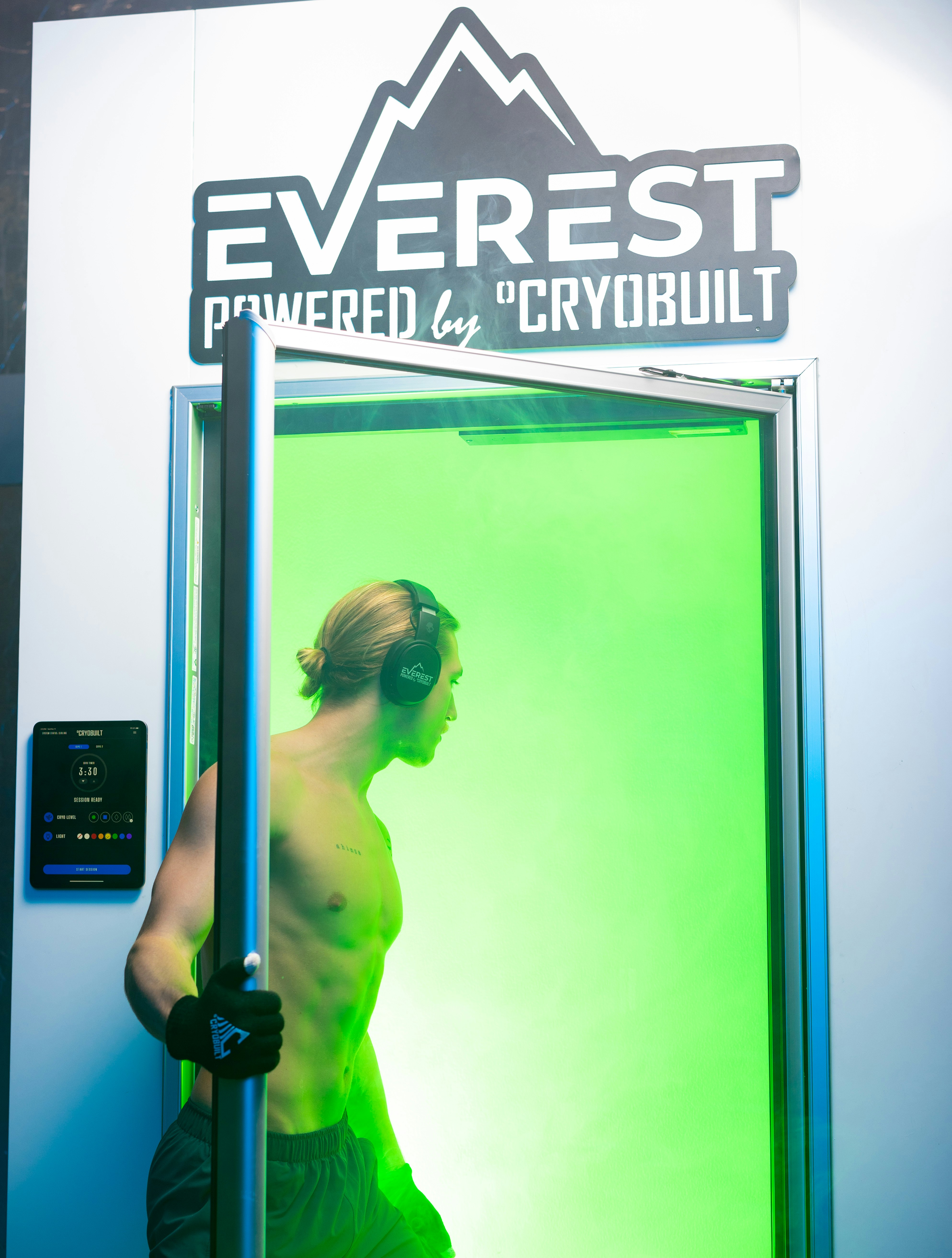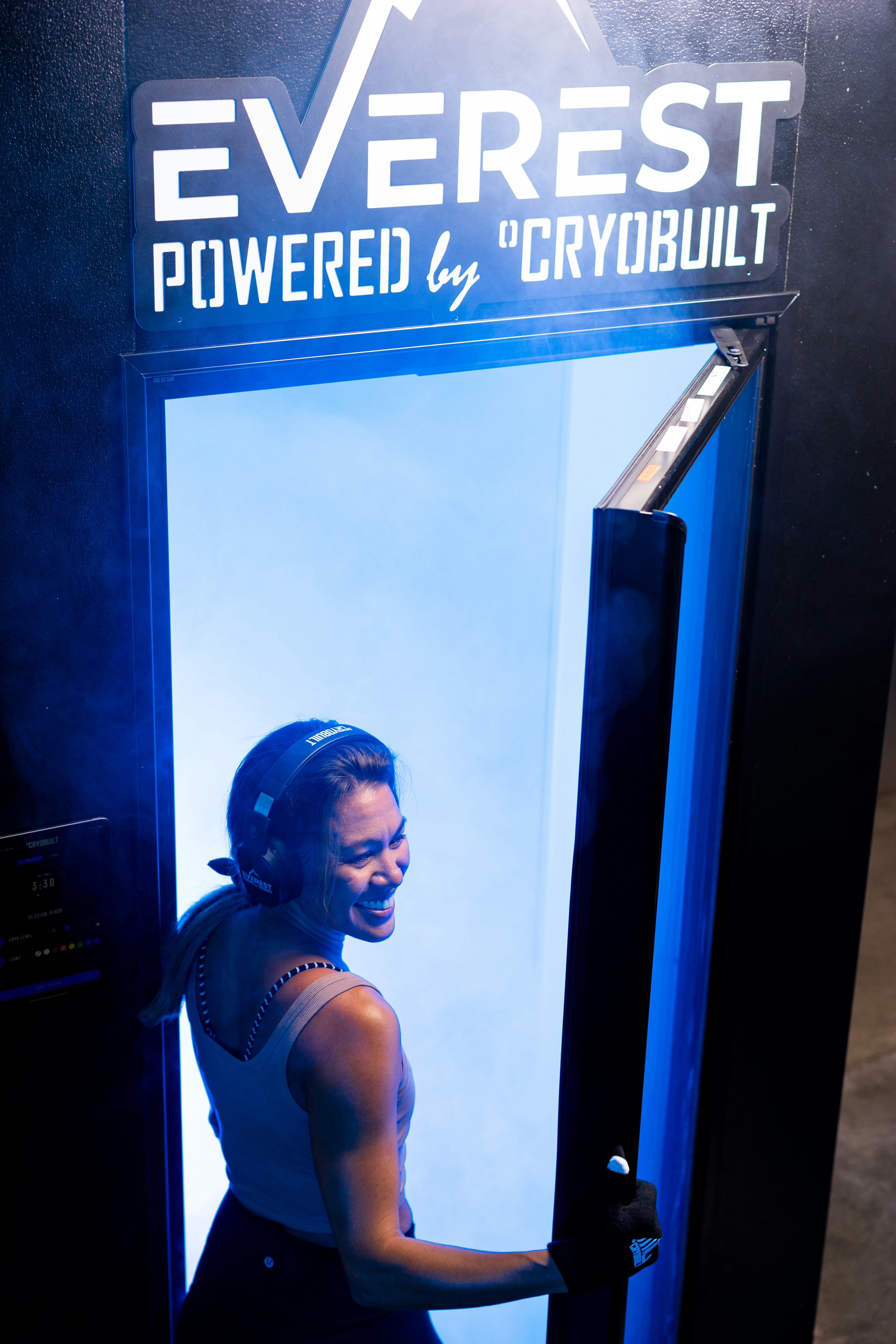Have you ever wondered if there might be a remedy to ease the persistent aching that comes with chronic pain syndromes? Living with chronic pain can often feel like an endless quest for relief, leaving no stone unturned in the search. One method that’s recently gained traction is the practice of cold plunges. But what exactly does this involve, and how can it potentially help manage the relentless discomfort of chronic pain?
Understanding Cold Plunges
What is a Cold Plunge?
Imagine stepping into a pool filled with cold water; that’s essentially what a cold plunge entails. It’s a therapeutic practice where you immerse your body in cold water, typically ranging from 50 to 59 degrees Fahrenheit. This can occur in various forms – from ice baths to naturally cold bodies of water. Engaging in this practice may evoke a mix of surprise and curiosity, especially if you’re seeking alternative ways to manage pain.
Historical Context of Cold Water Therapy
Though gaining popularity now, the use of cold water for therapeutic purposes has roots stretching back centuries. Ancient cultures, from the Greeks to the Romans, adopted cold baths as part of their wellness routines. They believed that such practices enhanced vitality and aided recovery. As you explore this historical backdrop, it’s interesting to consider how modern science might be catching up with these age-old traditions.
The Science Behind Cold Plunging
What happens to your body during a cold plunge involves some fascinating physiology. When exposed to cold temperatures, your body undergoes vasoconstriction, where blood vessels tighten to preserve heat. This process is thought to help reduce inflammation and numb pain pathways, offering a temporary respite from chronic pain. Furthermore, the sudden exposure to cold stimulates the release of endorphins, the body’s natural painkillers, which may contribute to a sense of well-being despite initial discomfort.
Chronic Pain Syndromes and Their Challenges
Defining Chronic Pain Syndromes
Living with chronic pain means enduring physical discomfort for extended periods, often beyond the expected healing timeframe. Conditions such as fibromyalgia, arthritis, and neuropathic pain are common culprits. Understanding that chronic pain is not merely a prolonged physical ailment but a condition intertwined with emotional and psychological facets helps shed light on the complexity and challenges faced by those affected.
The Impact of Chronic Pain on Daily Life
Chronic pain can overshadow almost every aspect of your daily life, from professional responsibilities to personal relationships. As you navigate social activities or tasks, persistent pain can dampen not just your physical capabilities but also your emotional health. Feelings of frustration, irritability, or depression often accompany this persistent discomfort, creating a complex web of challenges that require comprehensive management strategies.
Conventional Approaches to Pain Management
Traditionally, managing chronic pain involves a mix of medications, physical therapy, and lifestyle changes. While these methods can provide relief, they might not always be effective or sustainable in the long run. Medications can have undesirable side effects, and not everyone responds to the traditional exercise regimens or diet adjustments. This reality often sends people searching for complementary therapies, such as cold plunges, to augment traditional treatment plans.
How Cold Plunges Can Help Manage Chronic Pain
Reducing Inflammation
Inflammation is one of the body’s natural responses to injury or stress, yet chronic inflammation can amplify pain conditions. Cold plunges may help by constricting blood vessels, which reduces blood flow to inflamed areas, ultimately decreasing swelling and discomfort. While science continues to explore the specifics, this mechanism holds potential as an adjunct therapy for managing inflammation-related aspects of chronic pain.
Enhancing Circulation
Though it might seem counterintuitive, cold plunges can enhance circulation. The initial cold exposure constricts blood vessels, but once you rewarm, there is a subsequent increase in circulation. This cycle of vasoconstriction followed by vasodilation helps oxygenate tissues and remove metabolic waste products, promoting recovery and providing some relief from the persistent pain experienced with chronic conditions.
Boosting Mood and Providing Pain Relief
One of the surprising benefits of cold plunges is their potential impact on mood. Immersing oneself in cold water triggers the release of endorphins and adrenaline, natural mood lifters that also serve as pain relievers. This combination can create a temporary sense of euphoria or well-being, which might be particularly appealing if you face the mental and emotional toll of chronic pain.
Personalizing Your Cold Plunge Experience
Preparing for Your First Cold Plunge
Embarking on your first cold plunge can be a daunting endeavor. Preparation is key to maximizing the benefits and managing the initial shock to your system. Consider starting with shorter exposures and gradually increasing duration as your body acclimates. Ensuring that the environment is safe and you have warm clothing or a heat source nearby for aftercare is also essential for a positive experience.
Understanding Your Body’s Limits
Listening to your body’s signals is crucial when experimenting with cold water therapy. Everyone’s tolerance to cold varies, and what might feel invigorating to one person could be overwhelming to another. It’s vital to heed your body’s cues, and when in doubt, consult with a healthcare professional before incorporating cold plunges into your regimen, especially if you have existing health conditions.
Incorporating Cold Plunges into Your Routine
Consistency can often yield the best outcomes when it comes to therapeutic practices. With cold plunges, consider incorporating them once or twice a week as part of a broader wellness routine. You might find that combining cold therapy with practices such as mindfulness or gentle stretching can offer a holistic approach to managing chronic pain. Tailoring the routine to fit your lifestyle is key to sustainability and success.
Potential Risks and Considerations
Recognizing Contraindications
As with any therapeutic practice, certain considerations must be acknowledged. Cold plunges might not be suitable for everyone, particularly those with certain cardiovascular conditions, respiratory issues, or hypersensitivity to cold. Being aware of these contraindications and seeking advice from medical professionals can safeguard against adverse effects.
Understanding the Importance of Gradual Exposure
The body’s response to cold is deeply physiological, hence the importance of gradual exposure cannot be overstressed. Rushing the process or exposing yourself to extremely cold temperatures without preparation can lead to adverse reactions such as hypothermia. Gradually easing into the practice allows your body to adapt, optimizing benefits while minimizing risks.
Potential Adverse Effects
While many people benefit from cold plunges, some might experience adverse reactions, such as heightened pain, excessive shivering, or skin irritation. Observing how your body reacts during and after a session is important. Should any negative effects persist, reconsidering the practice or consulting with a healthcare provider is advisable to ensure safety and well-being.
The Psychological Benefits Tied to Cold Plunges
Building Resilience and Mental Fortitude
Engaging in cold plunges demands a certain mental resilience, fostering mental fortitude that can translate to other areas of life. Overcoming the initial discomfort can enhance mental toughness, building a resilience that aids in tackling life’s various challenges. This psychological component might be particularly appealing if you’re seeking comprehensive well-being alongside physical relief.
Reducing Anxiety and Stress
Cold plunges may also play a role in alleviating feelings of anxiety and stress. The endorphin release associated with cold exposure contributes to a sense of calm and relaxation, potentially mitigating the stress responses that often exacerbate chronic pain conditions. Integrating cold therapy into a wellness routine might offer not only physical relief but also a mental reprieve.
Creating a Sense of Achievement
The practice of confronting and overcoming the discomfort associated with cold water immersions can lead to a sense of achievement. Celebrating these small victories can foster a positive mindset and encourage a proactive approach to managing chronic conditions. Such psychological upliftment can complement the physical benefits, promoting a well-rounded path to managing pain.

Real-Life Experiences: Testimonials from Those Who Tried Cold Plunges
Stories of Success and Relief
Hearing from individuals who’ve incorporated cold plunges into their pain management toolkit can offer valuable insights and motivation. Many have reported experiencing varying levels of pain relief, improved mood, and increased energy levels. These testimonials can serve as a beacon of hope if you’re contemplating this practice amidst chronic pain struggles.
Learning from Diverse Experiences
It’s equally crucial to acknowledge that experiences with cold plunges can vary widely. Some might find significant relief, while others might feel only modest changes or none at all. Embracing this diversity of outcomes reminds you that any therapeutic practice should be personalized, respecting individual differences and preferences.
Encouragement and Community Support
The journey of managing chronic pain is often more manageable with encouragement and support. Online forums and local groups dedicated to cold water therapy can provide a sense of community, where shared experiences and tips facilitate a supportive environment. Joining such communities can offer companionship and motivation, nurturing both your physical and social well-being.
Bridging the Gap Between Conventional and Alternative Therapies
Complementing Medical Treatments
Cold plunges are not a substitute for traditional medical treatments but can complement existing pain management strategies. Bridging the gap between conventional medicine and alternative practices, like cold therapy, broadens the spectrum of options for those striving for a balanced approach to managing chronic pain.
Encouraging Open Communication with Healthcare Providers
Having open and ongoing communication with healthcare providers about trying cold therapy can be invaluable. Sharing experiences and outcomes fosters collaboration, ensuring that all therapeutic avenues are fully considered and tailored to your needs. Such dialogues enhance the effectiveness of your pain management strategy, balancing traditional and complementary therapies.
Promoting Research and Continuous Learning
Embracing cold plunges in chronic pain management underscores the importance of continued research and learning. Remaining informed about emerging studies and advancements helps ensure safe practices and optimizes benefits. Staying educated empowers you to make informed decisions about your health journey, whether involving cold therapy or other innovative interventions.

Conclusion
As you navigate the longstanding challenges of chronic pain, incorporating cold plunges into your regimen might offer a new perspective. This practice, rooted in history yet invigorated by modern science, provides an intriguing option for those seeking alternatives to conventional pain management strategies. While not a cure-all, its potential to reduce inflammation, enhance circulation, and uplift mood presents a compelling addition to your pain management toolkit. However, it’s important to personalize the experience, remain aware of potential risks, and engage in open communication with healthcare providers to ensure this practice safely integrates into your routine. With thoughtful consideration and a willingness to explore diverse therapeutic options, managing chronic pain with cold plunges may lead to newfound comfort and resilience.




